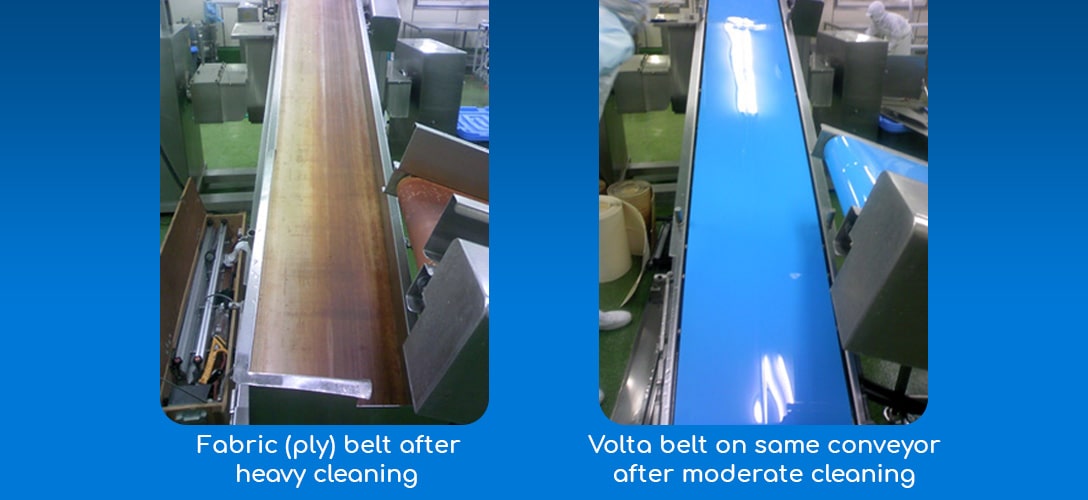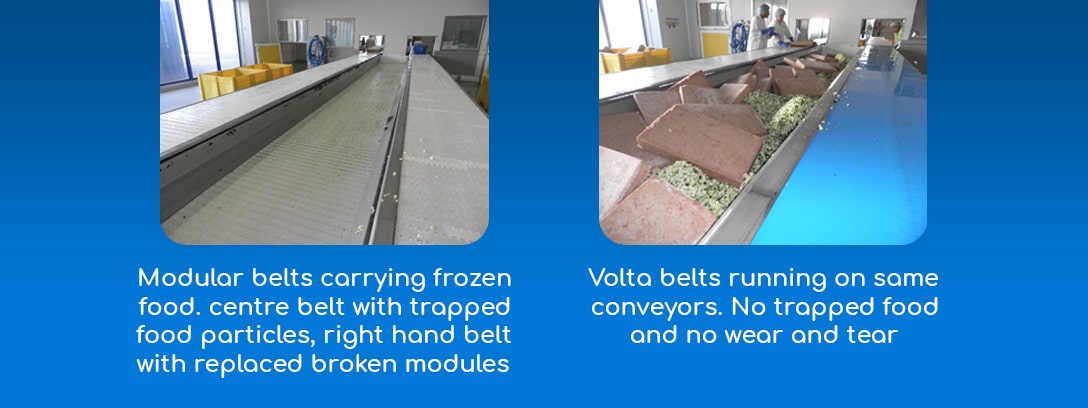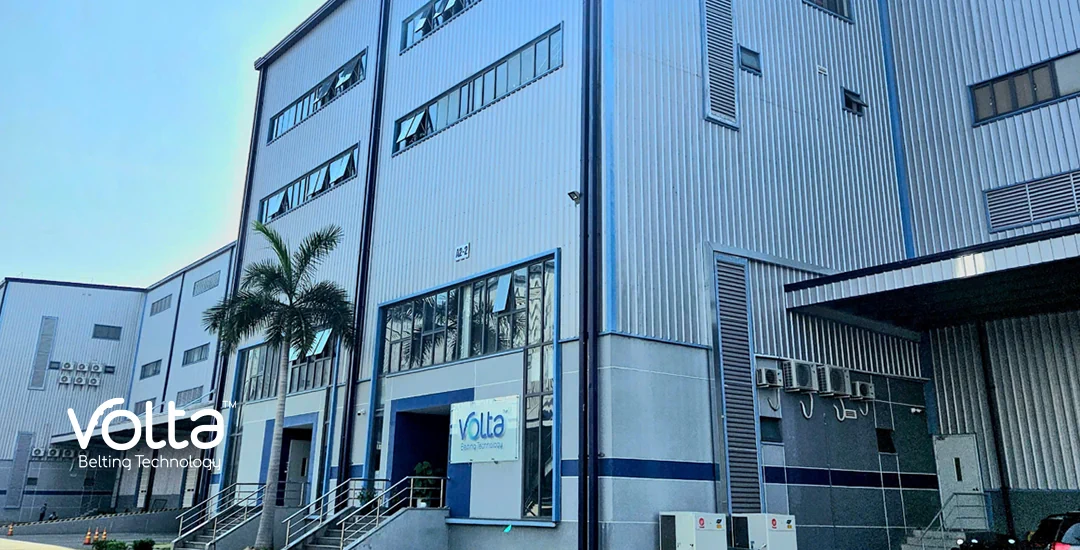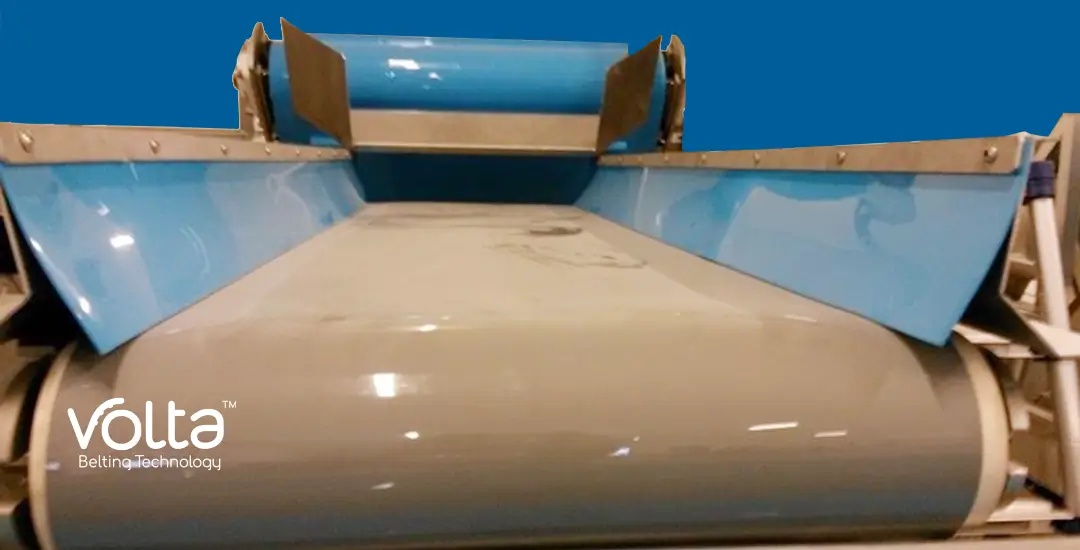Global food safety has never been more critical. Scandals and consumer pressure have driven food safe conveyor belts into the spotlight. Audits now examine not only your processes but also the hygiene of your conveyor systems.
What Is a Food Safety Audit and Why It Matters?
Food safety audits—first introduced by the British Retail Consortium (BRC) in 1996—are the cornerstone of any rigorous food-safety program. They systematically evaluate three critical areas:

We ask you to take a couple of minutes to read the above text. We are certain this will explain the subject of auditing and why your production processes are increasingly being subjected to meet these procedures. Once this trend is understood, self-realization is critical because auditors are trained to follow industry standards and these standards are becoming stricter each year. The check on hygiene levels in food factories are becoming unyielding as well. Volta is the world’s leading producer and designer of the hygienic conveyor belt. The material we produce is homogeneous and apart from
conforming to auditing requirements, it is also economic to install and operate.
Let us pose a question; Have you had belts marked as a weak point in a recent audit? If you have had this problem, whether the belt type you are currently using is fabric (ply) belts or modular, Volta material is the best solution for retrofitting a hygienic upgrade on most food conveyors.
If you have not had any such problems; can you afford to be complacent and ignore this subject knowing that the next audit could end up requiring a change? Why wait for that to happen? Be Pro-active. Think of being given a negative audit and not even knowing how to choose the right type of retrofitting and the right belt type to reduce costs. The extra cost of investments made quickly and under pressure often means having to do things twice. Choose preventive maintenance and try Volta’s state of the art technology now. Give your QA team and your maintenance staff time to learn to work with this technology. You will profit by saving up to 50% of cleaning costs, water and downtime as well as improving bacteria counts and product shelf-life.

The fabric and modular belts we retrofitted in the above photos were both certified as ‘food grade’. Food grade is no longer enough; performance counts not certification. Volta believes that ‘extended belt performance’ means ‘extended hygienic belt performance’.





